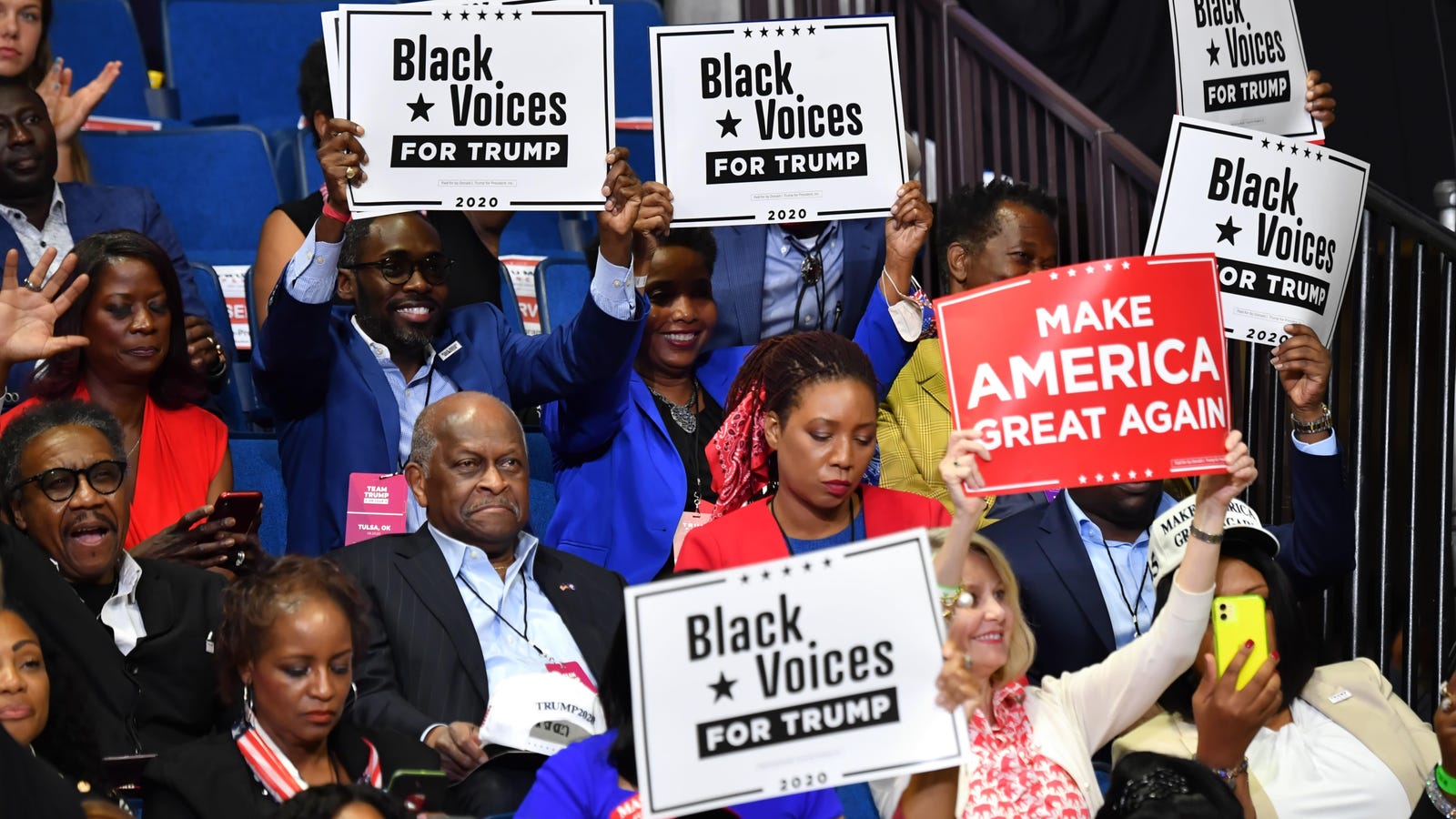Man Who Famously Died From Covid Says Covid Isn't Very Deadly

Former presidential hopeful Herman Cain died of covid-19 on July 30, but that hasn’t stopped the man from tweeting. In fact, Cain (or whoever is running his account, if you don’t believe in ghosts) has been tweeting about a subject near and dear to his lifeless heart: How the coronavirus pandemic is overblown and not a real threat to Americans
“It looks like the virus is not as deadly as the mainstream media first made it out to be,” the Herman Cain Twitter account tweeted on Sunday, linking to an article with a lot of misleading information.
Cain, a longtime businessman and figure in Republican politics, died a month after being diagnosed with covid-19, and while Republicans insist that Cain didn’t contract coronavirus when he attended a huge Trump rally in Oklahoma on June 20, it seems like the most plausible explanation. Cain received his covid diagnosis on June 29, roughly a week after attending the rally in Tulsa.
Cain didn’t wear a mask at the indoor event, and didn’t appear to practice social distancing of any kind, based on several photos taken by news photographers in the arena. Cain even tweeted against making masks mandatory at large events before he publicly announced his diagnosis on Twitter.
“Masks will not be mandatory for the event, which will be attended by President Trump. PEOPLE ARE FED UP!” Cain tweeted on July 2 about the Sturgis motorcycle rally that has since been linked to over 100 cases in eight states across the country. Notably, Trump never did show up to South Dakota for the rally, as Cain had promised.
At least 5.9 million Americans have been diagnosed with covid-19 and more than 183,000 have died from the disease, according to the latest figures from the Johns Hopkins University coronavirus tracker. The covid pandemic has hit the U.S. harder than any other wealthy nation in the world, thanks largely to President Trump’s mishandling of the health crisis from day one.
The article that Cain’s account linked to over the weekend uses the headline “CDC Now Says 94% of Covid Deaths Had an Underlying Condition,” and several far-right websites have run with the claim that only 6% of the covid-19 death toll is real. In reality, it’s still accurate to say that people died from covid, even if they had an underlying condition.
As political commentator Jeet Heer put it, “Weirdly enough if you stab a hemophilic and they die, the cause of death is listed as murder and not hemophilia.” And the same could be said of any other ailment that may have afflicted people who were ultimately killed by covid-19. People can live long and relatively healthy lives, even as they struggle with something like diabetes. But if a diabetic becomes infected with covid, they stand a much worse chance of surviving.
The U.S. still has a long road ahead, as most states try to reopen and restore some semblance of normalcy while relying on individual actions, rather than strong public health measures, to combat the disease. Masks are good and important, but they can’t be the only tool that a government uses to fight a pandemic.
The infection rate for covid in places like Florida, Texas, and Arizona has flattened, but there’s been a resurgence in places like Minnesota, North Dakota, and Iowa. Minnesota posted a record for the state on Saturday, racking up over 1,000 new cases, and Sunday wasn’t much better, with 934 new cases. Iowa recorded a whopping 2,579 cases on Friday alone, with a positivity rate of 79%, according to The Gazette. Anything over 10% is widely considered to be a completely uncontrolled pandemic.
And all of this is in line with what public health experts have warned for months. The virus is likely to just migrate from one part of the country to the next until a vaccine is available and actually deployed. Former FDA commissioner Scott Gottlieb told CBS News yesterday that a vaccine rollout was likely something that wouldn’t happen until next year.
The covid-19 death toll is real, as anyone can see from the number of excess deaths over any average year. The New York Times reported in mid-August that the death toll is likely higher than the official tally by at least 60,000 people. Covid-19 is not a hoax, and Herman Cain should know that better than anyone. Or, at least Herman Cain’s ghost should.
Matt Novak
PostsEmailTwitter
Matt Novak is the editor of Gizmodo's Paleofuture blog


































